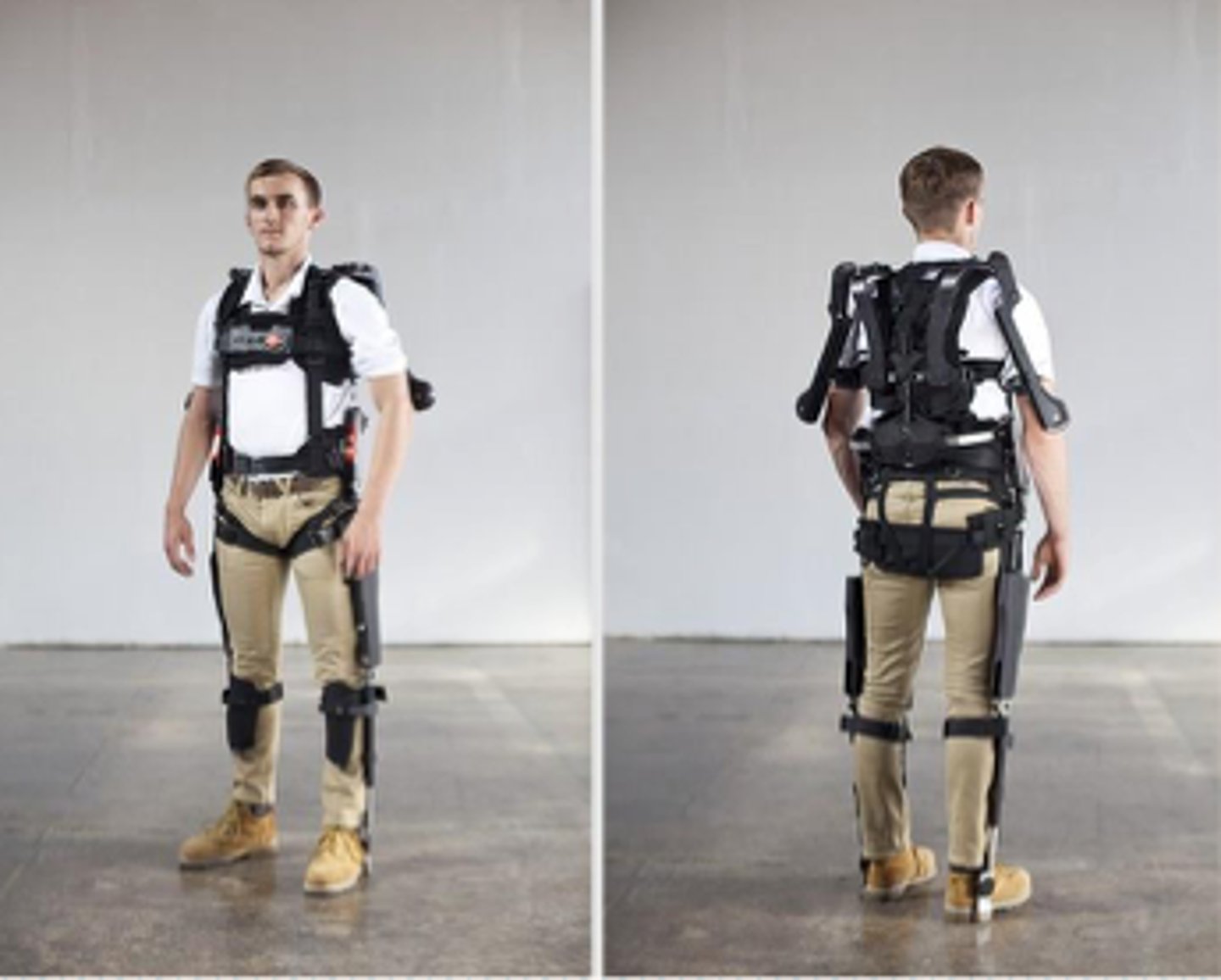SCI Expectations Based on Levels (6/
1/36
There's no tags or description
Looks like no tags are added yet.
Name | Mastery | Learn | Test | Matching | Spaced |
|---|
No study sessions yet.
37 Terms
What is considered a high cervical tetraplegia?
C1-4
what is considered a mid cervical tetraplegia?
C5-7
what is considered a low cervical tetraplegia?
C8-T1
characteristics of high cervical injuries
- no UE function
- total dependence for all care
what are treatment goals for someone with a high cervical injury?
- focus on training and patient being able to direct care
what are assistive devices that are needed for high cervical injuries?
- power chair with special control systems
> chin switch
> head array
> sip and puff
what spinal level would have the goal of weaning off ventilator?
C4
what are key muscles that high cervical injuries still have? (3)
- face/neck muscles
- cranial nerves
- diaphragm (partial innervation at C3/4)
what are available motions for high cervical injuries? (5)
- talking
- mastication
- sipping
- blowing
- scapular elevation
what is a diaphragm pacing system?
- used to improve breathing and speech for those who use a mechanical ventilator
- battery powered estim applied to diaphragm muscles and nerves... diaphragm contracts and pulls air into the lungs to help you breathe
how many leads are used in diaphragm pacing?
- 4 electrodes into the diaphragm and a 5th one just under the skin
when would diaphragm pacing be indicated? why?
- C1-2
- C1, C2, phrenic nerve innervation are lost
- spontaneous respiration is lost
- only muscles that are there to breathe are accessory muscles of inspiration (SCM, upper trap)
why is diaphragm pacing only used for inspiration?
- expiration is passive
mobility expectations for C5 lesion (5)
- may be able to transfer with assist or with mechanical lift if dependent
- independent with power mobility
- can be independent with manual wheelchair
- can stand with a stander or tilt table
- unable to ambulate
what are key muscles that C5 lesions still have? (5)
- biceps
- deltoid
- infraspinatus
- rhomboids
- supinator
what motions do C5 lesions still have? (5)
- elbow flexion
- supination
- shoulder ER
- shoulder abd
- shoulder flexion to 90º
what are mobility expectations for C6 lesion? (5)
- independent with some support for bed mobility and transfers
- independent with power wheelchair
- independent with maybe some support for manual wheelchair
- can stand with a stander or tilt table
- unable to ambulate
what are key muscles that C6 lesions still have? (7)
- extensor carpi radialis
- infraspinatus
- latissimus dorsi
- pec major
- pronator teres
- serratus anterior
- teres minor
what are key motions that are still available for C6 lesion? (8)
- shoulder flexion
- shoulder extension
- shoulder IR
- shoulder adduction
- scapular protraction
- scapular upward rotation
- forearm pronation
- wrist extension
which lesion level would benefit from a tenodesis grasp?
C6
what are mobility expectations for a C7 lesion? (4)
- bed mobility and transfers independent with AD
- manual wheelchair independent
- able to stand with a standing frame
- unable to ambulate
what are key muscles that are still available with a C7 lesion? (4)
- extensor pollicis longus and brevis
- extrinsic finger extensors
- flexor carpi radialis
- triceps
what are key available motions that are still available for C7 lesion? (3)
- elbow flexion
- wrist flexion
- finger extension
what are mobility expectations of a C8 lesion? (4)
- independent with transfers and bed mobility
- wheelchair mobility is independent
- able to stand in a standing frame
- unable to ambulate
what are key muscles that are still available for a C8 lesion? (4)
- extrinsic finger flexor
- flexor carpi ulnaris
- flexor pollicis longus and brevis
- intrinsic finger flexors
what are key available motions for a C8 lesion? (1)
finger flexion
what are mobility expectations for thoracic lesions? (T1-12)
- independent with bed mobility and transfers
- independent with wheelchair mobility
- able to stand with AD and orthotics
- able to ambulate household distances with AD and orthotics (assistance decreases the more caudal the injury)
what spinal levels are exoskeletons approved for?
C7 and below

what are mobility expectations for an upper lumbar lesion (L1-3)? (4)
- independent with transfers
- may use wheelchair for long distances
- can stand independently with AD and orthotics
- able to ambulate independently with AD and orthotics
what are mobility expectations for a lower lumbar lesion (L4-S1)?
- independent with transfers
- may use wheelchair for long distances
- can stand independently with AD and orthotics
- able to ambulate independently with AD and orthotics
quadriceps
L4
anterior tibialis
L5
hamstrings
L5-S1
gastroc
S1
glute med and max
L5-S1
flexor and extensor digitorum
L5-S1
posterior tibialis
L5-S1